Narva Study Centre of the Estonian Academy of Security Sciences
The underlying idea of the building was to fit into the surrounding environment while also creating an entirely new context. The architectural concept consists of two parts: first includes the building typology and location while the second involves the building’s strict uniform structure and the contrasting flexible transformation of the landscape
The volume of the building is in keeping with the established building stock structure of its urban environment. Although simple in form and composed in its exterior, the long facade and terraced landscape in front of the building lend it a forceful and unique presence in the environment.
The building consists of a public sports centre, semi-public seminar areas, also training, resting and work areas closed to the public as well as the private residential area. The basement floor accommodates a swimming pool, training hall, gym and washrooms. The landscape next to the building shelters the service vehicle parking area and the shooting range. The street level accommodates the lobby, classrooms, work and resting areas. The residential spaces with common kitchen and living room areas are in the atrium in the middle of the building above the study centre on the 2nd, 3rd and 4th floors.
Soon after the architecture competition results were announced and the design process was begun, it was clear that our main challenge would be ensuring the fire safety requirements of the timber construction. On the other hand, using timber also had a symbolic meaning for the Academy of Security Sciences, as they had recently completed an applied research that formed the basis for long-awaited amendments to fire safety regulations in Estonia, providing constructional solutions for erecting large-scale public timber buildings.
In terms of urban design, the solution is marked by simple elegance blending seamlessly with the rhythms of the neighbouring buildings. On the other hand, it also complements them with the use of materials and a visual language that are novel in the context of Narva, thus organically including the landscape in the solution
As the Study Centre is an educational institution with public functions as well as a temporary home for its residents, the building needed to have both a dignified and a cosy feel. Although a building of a “paramilitary” institution, it blends perfectly into the urban environment around it.
Exposing clean concrete surfaces creates a clear and common identity for the public lobby, training, leisure and work areas and the swimming-pool, while the three accommodation floors above them are born by post-tensioned concrete beams. The exposed concrete surfaces correspond to the ascetic feel of the building and require minimum maintenance and repair.
Although protecting timber in the local climate during construction requires particular care, in terms of time, pre-fabricated timber elements still provide a considerable advantage. The entire timber structure was assembled within three months and could have been completed even faster, had it been necessary. Similarly to concrete, also exposing structural timber in the dormitory has its cost-effective features. Timber is an unpretentious finishing material that ages gracefully in its environment.
The new study centre as a whole is marked by low energy consumption as the renewable building materials, compact and economical volume, locally produced solar energy and the waste heat recovery from the grey water recycling system ensure low energy consumption throughout the building’s life cycle.

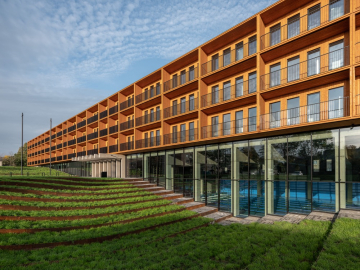 © Tõnu Tunnel
© Tõnu Tunnel
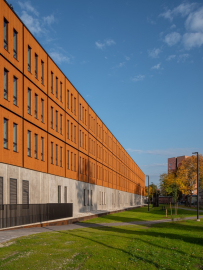 © Tõnu Tunnel
© Tõnu Tunnel
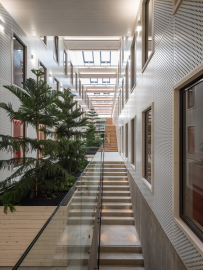 © Tõnu Tunnel
© Tõnu Tunnel
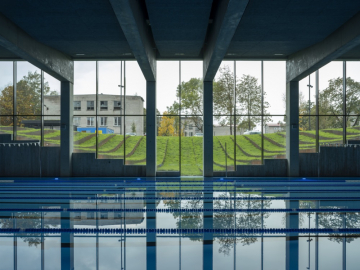 © Tõnu Tunnel
© Tõnu Tunnel
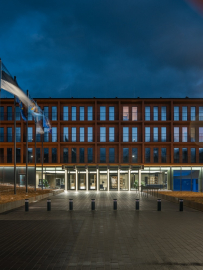 © Tõnu Tunnel
© Tõnu Tunnel
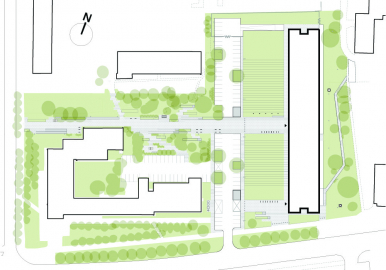
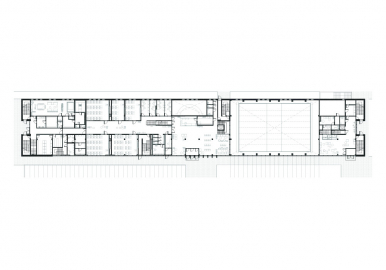
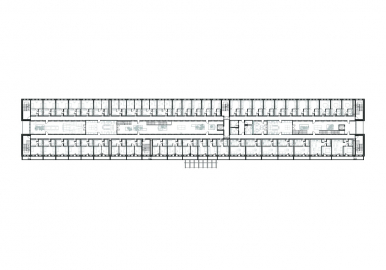
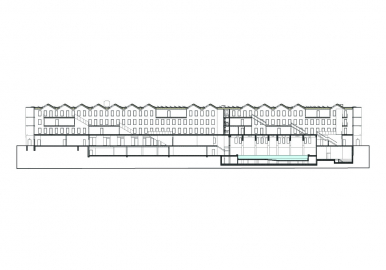
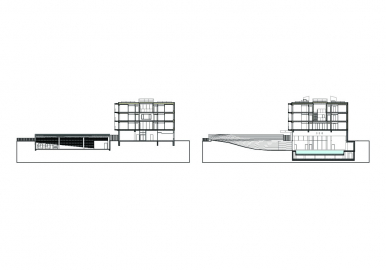
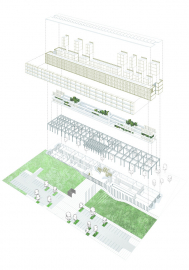
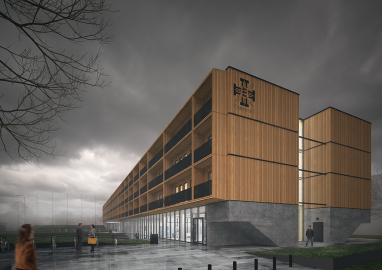 © 3+1 architects
© 3+1 architects
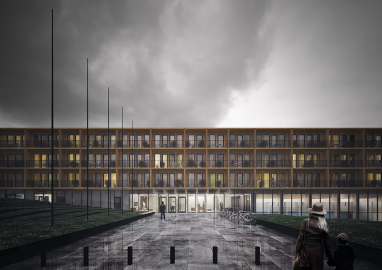 © 3+1 architects
© 3+1 architects